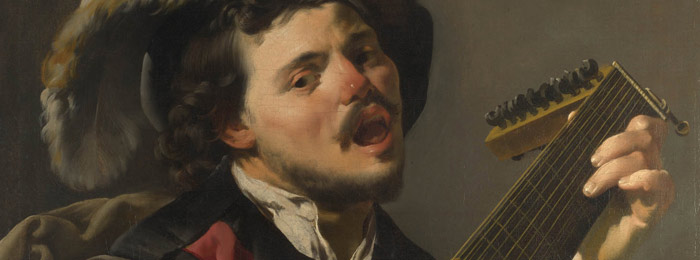Questions from Jamie Davidsmeyer
- How can I bridge the gap between what I perceive in my mind and the action of putting it on paper?
- Do a lot of people have difficulty with that?
- Does practice sketching help?
- Is it learned or do people have the innate ability?
- Do you have to draw all the time to keep your skills on point?
Drawing Academy Tutors
Dear Jamie Davidsmeyer,
Many thanks for your question. Please see the answers below.
1. How can I bridge the gap between what I perceive in my mind and the action of putting it on paper?
The gap is in your drawing skills, not between “perception” and “action”.
To explain, we will put an analogy between drawing and spoken language.
A spoken language comes with an alphabet, vocabulary, grammar rules.
In the same way, because drawing is a non-verbal language of communication, it comes with fundamental rules of drawing, constructive drawing principles (including perspective), rules of golden proportions, rules of composition, techniques of rendering tonal values and so on.
Now, we will rephrase your question: “How can I bridge the gap between what I perceive in my mind and the action of writing a poem?”
If you don’t have a sufficient knowledge and practice in foreign language, your ability to write a poem in that language will be very limited. The same goes with drawing. If you have gaps in your skills, your drawings will be amateurish.
The obvious answer is to learn fundamental principles and rules of drawing, then continually practice them.
2. Do a lot of people have difficulty with that?
For some reason, drawing skills are regarded as a luxury (not as an essential must-have ability). In our opinion, it is an absolute must. This attitude is supported by the traditional educational system, when children are not taught the proper skills of drawing. Instead, they are coached to “express their creativity”. For the majority of people, such education is not helping to gain actual drawing skills.
Continuing the ‘language’ example, imagine that students are asked to express their creativity by writing essays in language they didn’t learn.
3. Does practice-sketching help?
Yes, it does. Sketch daily, as often as you can. 90% of your sketches will be rubbish, 7% will be OK, and maybe 3% will come out as very good drawings you could show to other people. If you put pressure on yourself to make every sketch exhibition-worthy, you might block your progress by sabotaging yourself and stop sketching. So sketch for yourself, not for others to see.
4. Is it learned or do people have the innate ability?
Compare drawing to language. Do you know anyone who was born with the knowledge of English?
It takes years to study and practice spoken language and to become good at it.
Some people will be naturally better at putting words together and may decide to write novels or poetry, others will be just fluent and use it for every day communication.
The same goes for art skills. If you have a natural inclination to draw, you would draw more often and look for drawing lessons and tutorials. This extended practice would make your drawing skills better than those who didn’t invest as much effort in learning.
5. Do you have to draw all the time to keep your skills on point?
Improving drawing is a lifetime process. Like with a spoken language, you have to use it to keep it. With no practice, your drawing skills won’t grow.
You mentioned that “Sometimes it seems like I can’t get my pencil to feel right in my hand.”
Answer to yourself the following questions:
– Have your teachers ever showed you how to hold a pencil in the correct way? If so, have they persisted in making sure that you keep the correct grip for several years until it became second nature?
– Do you know any professional golf player who says that a golf club doesn’t “feel right in their hand”?
– Would you be comfortable with a surgeon who admits that he can’t hold properly a scalpel in his hand?
A drawing tool has to be more than just a tool; it has to be an extension of your mind. It should feel like a part of your hand, not something you struggle to control. This natural feeling only comes with practice. Of course, you have to first learn what those correct pencil grips are.
![]() Kind regards,
Kind regards,
Natalie Richy and Vladimir London
Drawing Academy tutors





